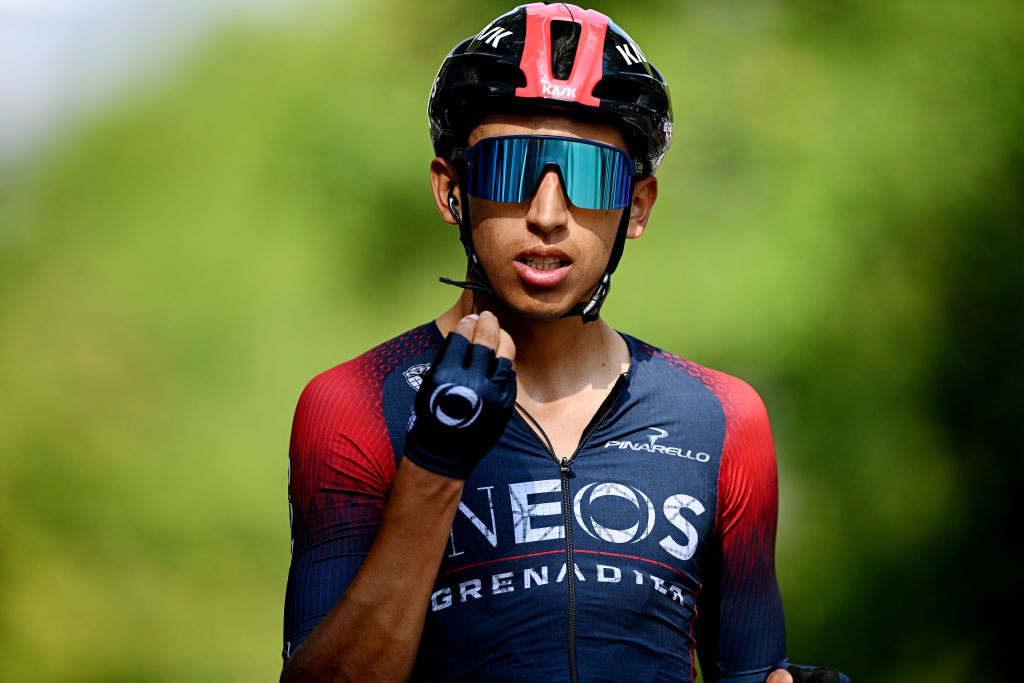
Other races may be better-known, more prestigious or more popular, but when it comes to rune-reading, the Critérium du Dauphiné is in a class of its own every year. Being considered a key warm-up race for the Tour de France tends to have that effect.
The eight-day French event, which starts this Sunday, is both blessed and cursed by its status regarding the Tour. On the one hand, it's a prestigious event in its own right, being considered one of France's top three stage races and with a star-studded palmares. With major mountains, summit finishes, and a mid-week time trial, the performance of every major contender and the implication for the Tour de France is heavily scrutinized.
Over the years, the Criterium du Dauphiné has proven to be accurate at showing the direction of travel of most of the stars. Teams use the Dauphiné to shrink their Tour long-lists. The Tour de Suisse and nationals championships help provide the final cuts, but the Dauphiné always gives the most indications of who is likely to make the Tour teams - as former Tour winners Chris Froome and Geraint Thomas both found out when they were dropped from the Ineos' long list for July after the 2020 edition.
This year’s line-up has more than enough top names lining up to justify another round of predictions. Jonas Vingegaard is the standout favourite, but a host of other contenders who are aiming to cross swords with the Dane in July are also present. Tadej Pogačar is a notable absence - but that only raises even more questions. Cyclingnews has selected five questions for the Critérium du Dauphiné.
1. Is Jonas Vingegaard on track for the Tour?
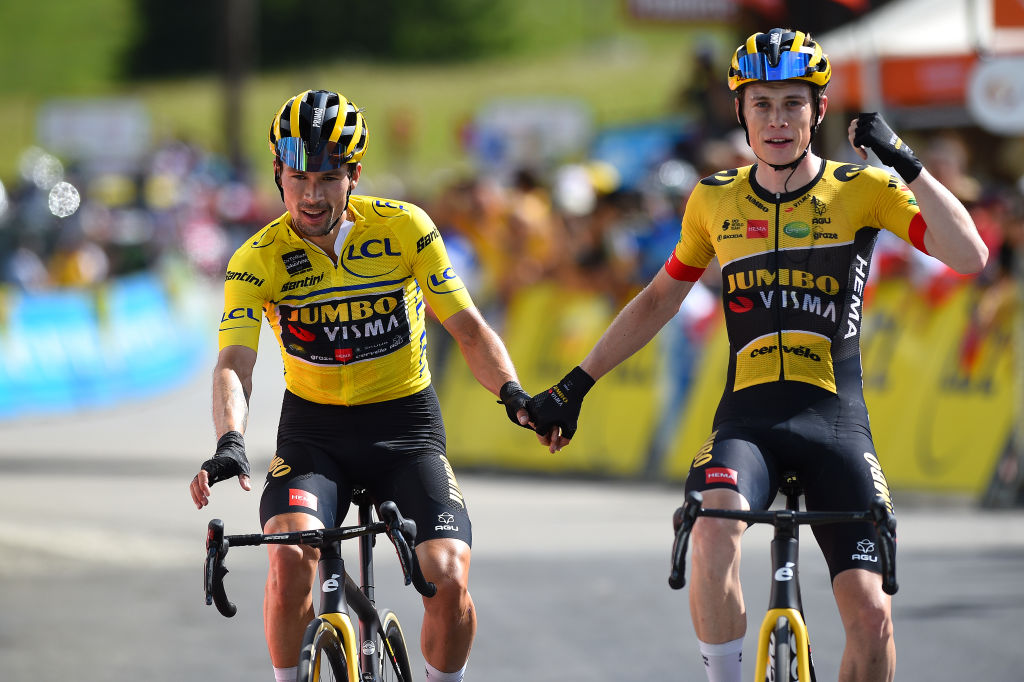
Few riders will be watched as closely as Jonas Vingegaard in this year’s Critérium du Dauphiné and not just because the Dane is defending champion of the Tour de France.
Rather, interest in Vingegaard’s performance will likely be even higher than usual in the Dauphiné because this spring it’s been so rare to be able to get to see him racing.
Since January, Vingegaard has taken part in just three events, all stage races: O Gran Camiño, Paris-Nice and Itzulia-Basque Country. Assuming nothing changes in his program, he'll total 18 race days before the Tour. Arch-rival Tadej Pogačar (UAE Team Emirates) has only done 21 race days but one crucial difference is that they were over nine different events.
In marked contrast to Pogačar, the last time Vingegaard put on a race number was in Itzulia in early April and the Dauphine will almost certainly be his only event before the Tour de France.
Vingegaard’s program hasn’t been because of illness or injury - it has been deliberately been kept to a minimum, presumably to ensure he is in optimum condition for July, and there has been much debate about the wisdom of it. The evaluation of the strategy will only be possible come the evening of July 24th in Paris. However, Vingegaard has hardly been out of the running in the few events he has done.
In O Gran Camiño in February, he won all three stages and the overall, then he was almost equally dominating in Itzulia, claiming three of six stages and the top spot on GC.
Although Pogačar eclipsed Vingegaard in Paris-Nice, he put in a spirited resistance on the toughest summit finish, the Col de la Couillole, to finish third overall and his squad, Jumbo-Visma, won the mid-race team time trial.
The Criterium du Dauphiné will be very different, however. Pogačar is not taking part, Vingegaard won't have the backing of last year's Dauphiné winner Primož Roglič or Wout van Aert. Instead, he will have three of his key 2022 Tour de France teammates - Tiesj Benoot, Christophe Laporte and Stephen Kruijswijk, which should be more than ample backing to claim what would be his second week-long WorldTour race of the season.
The Dauphiné course has a much more traditional route than the Tour de France this year, building to a crescendo on the last weekend, so it’s maybe unwise to read too much into its final result. Without any of the many imponderables like crashes or illnesses, anything outside the top three on GC next Sunday in Grenoble for Vingegaard would be unexpected and anything beyond the top five, rather more concerning.
With so few current points of reference, whatever Vingegaard's result, we'll come away considerably wiser about his prospects for July than we are at the moment.
2. What are Ben O'Connor’s chances of a repeat podium in the Dauphiné?
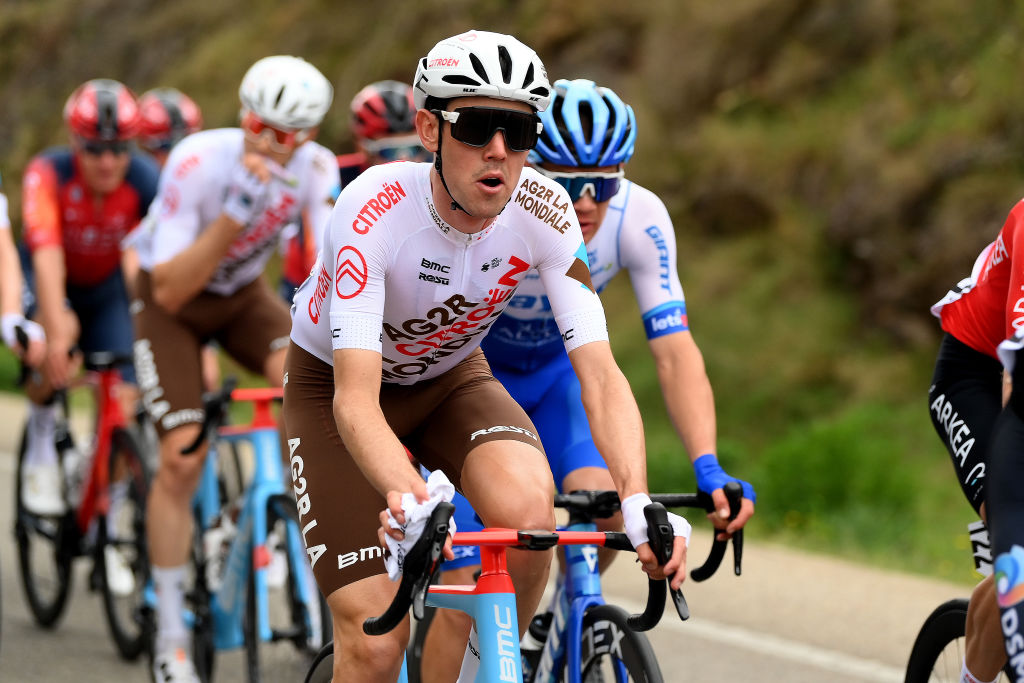
"There wasn’t much I could do against Roglič and Vingegaard" was how Ben O’Connor (AG2R-Citröen) described his third place overall in the 2022 Criterium du Dauphine. Given the Jumbo-Visma duo's superiority on the climbs, the Australian's third place had something of a feel of best of the rest. It also suggests strongly that the Australian could once again be in the running again when the race hits the high Alps at the end of next week.
O’Connor comes from a much less impressive first half of the season than in 2022. Last spring he won one of the toughest stages in the Volta a Catalunya and led the race for a day before claiming his first 2022 win in AG2R colours in the Tour du Jura and getting fifth overall in the Tour de Romandie. And a team press release O'Connor himself said his first half of the year had "maybe been slower than usual".
However, 2022 was not the first time O’Connor had done well in the Dauphiné, taking eighth on GC in 2021 before his landmark fourth place overall in the Tour de France. This indicates he has a clear idea of how to use his form to his best advantage in an event which is always tactically tricky.
His team are steeped in local knowledge, too, being based in Grenoble where the race finishes this year, and are traditionally hugely motivated for their ‘home race’. It would, therefore, be surprising not to see the man from Perth up there in the Dauphiné's GC battle.
3. After his first victory since February, is Carapaz on time for the Tour?
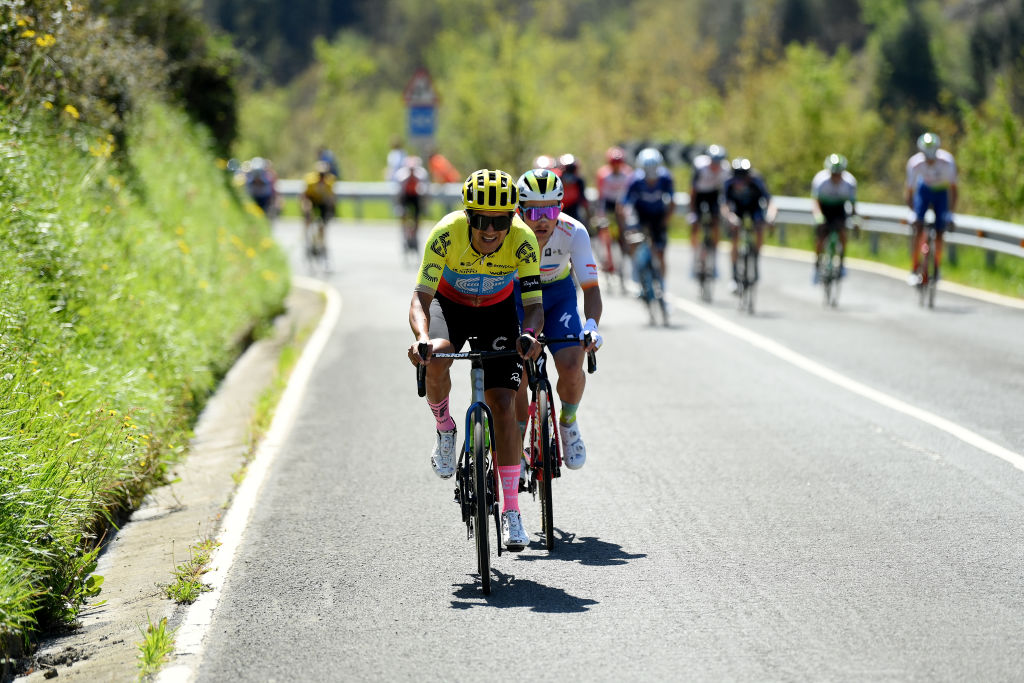
"Richard Carapaz has been stuck in the doldrums since his transfer to EF Education-EasyPost" was how the Dauphiné (and Tour de France) organisers somewhat harshly described the Ecuadorian star last week. That was before Carapaz claimed his second win of the season, however, and first since taking the national road title in early February, at the mountainous Mercan’Tour Classic Alpes-Maritimes.
Winning the Mercan'Tour courtesy of a seven-kilometre solo breakaway to a tough first category uphill finish at Valberg was a notable step in the right direction after Carapaz's lacklustre spring. The crunch question is whether a small one-day race against a fairly lowkey field acts as a springboard for the 30-year-old to then bounce much higher in early June in the Dauphiné and after that in the GC battle in the Tour.
It's surprising to discover Carapaz has only raced the Dauphiné once, way back in 2017 when he was a young pro with Movistar, and finished an unremarkable 44th. His best Tour de France performance, in 2021, was preceded by an overall victory in the Tour de Suisse and other years he’s been resting up in June after doing the Giro d'Italia.
The Dauphiné represents a double voyage into the unknown for Carapaz, but it’s the starting ramp for the EF racer, not just in the Tour, but also to the whole of his second half of the season, which also reportedly includes the Vuelta a España.
4. How is it looking for Jai Hindley’s Tour de France debut?
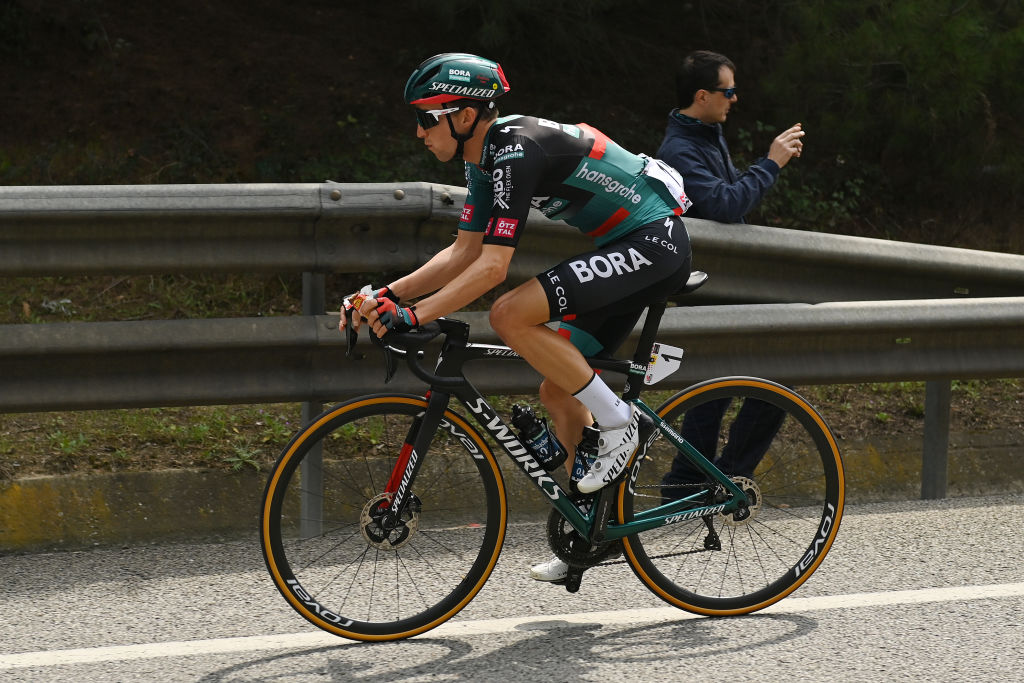
To date in this year's GC battles, Bora-Hansgrohe have been the missing part of the puzzle. Think back to the first half of the 2022 season, where they went from strength to strength and claimed the Vuelta a Andalucia, Volta a Comunitat Valenciana, Volta a Catalunya, Tour de Romandie and last but not least, the Giro d'Italia overall.
This year they've racked up some fine stage wins, most notably thanks to Nico Denz in the Giro d'Italia. But illness and injuries mean the German squad have barely been seen in the overall action and the idea of them following up their seemingly unstoppable GC juggernaut from early 2022 with equal or greater success in 2023 has proved completely erroneous so far.
Enter Jai Hindley.
In the bigger scheme of things, for the 2022 Giro d'Italia winner, 15th in Tirreno-Adriatico and the Volta a Catalunya this year, has had a steady holding pattern throughout the spring as he builds towards the Dauphine and the Tour. Hindley might not have expected that after his fairly uneventful spring, the pressure riding on his shoulders in the Tour de France has not diminished. At the Dauphiné, the first real test of truth for the Tour, that interest and pressure will hardly be any lower.
Curiously enough, Hindley's participation in the Dauphiné is as much as a voyage in the dark as the Tour de France will be later on. He has zero prior experience in the Dauphiné, and hardly ever races in June - The ZLM Tour our Tour of Slovenia hardly bear any resemblance.
On the plus side, Hindley has a greater-than-average ability to roll with the punches and handle new terrain - one of the strengths in his career to date. The prime example is the Giro d'Italia, of course, but the Dauphiné is very arguably the stage race most similar in feel to a Grand Tour in the entire cycling calendar.
So Hindley may be flying under the radar slightly after his unremarkable spring. But as Carapaz and Mikel Landa, both present in the Dauphine and both defeated by Hindley last spring in the Giro, can testify, underestimating Hindley's ability to go the distance in all kinds of stage races is a mistake you only tend to make once.
5. How close is Egan Bernal to his top form?
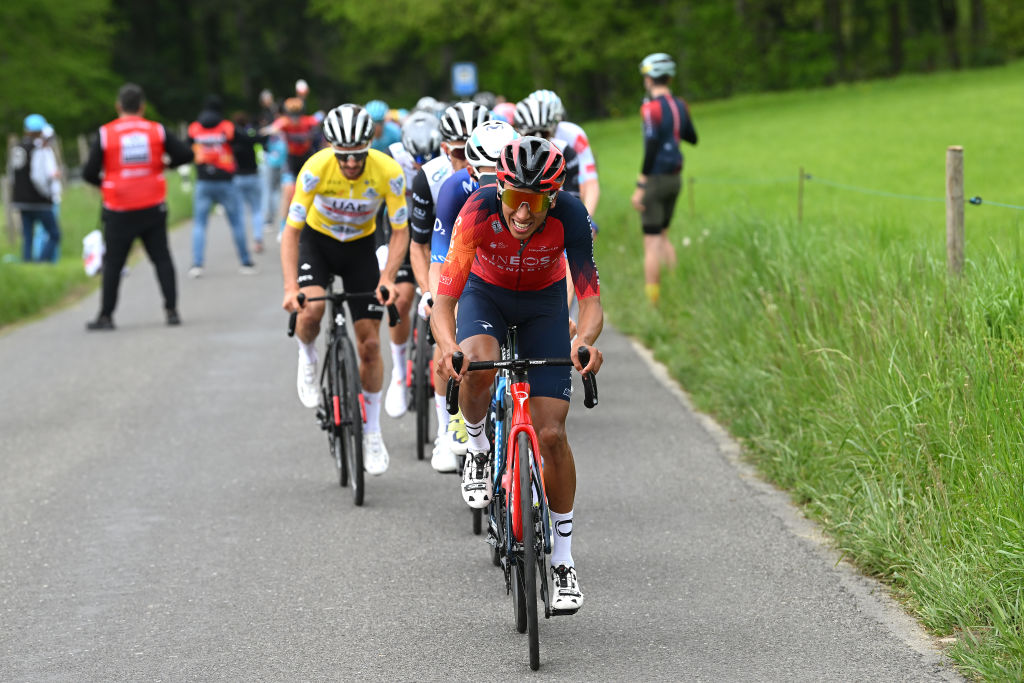
To date, Egan Bernal's track record in the Criterium du Dauphiné is short to the point of apparent irrelevance: in 2020, his one previous participation, the Colombian quit after three stages with a back injury.
However, that injury then became such a key factor in Bernal's difficult 2020 Tour de France, where he shipped huge amounts of time to his rivals and subsequently abandoned in the second week. Since then, he's not returned to either race.
Bernal has had a somewhat uneven spring this year, claiming eighth in his last stage race, the Tour de Romandie, and eighth in the Tour de Hongrie. His possible participation in the Tour of Norway then failed to materialize.
The Dauphiné represents a key stepping stone for Bernal and his team before his expected return to the Tour de France. Given there have been so few points of reference up to now, his performances in key points like the mid-week time trial and the Alpine stages next weekend will be given the closest of scrutiny.
By the end of the Dauphiné, Bernal will still have three weeks to go before he takes part in the Tour de France, assuming he races. Given the Tour has a much harder opening week than usual, including major stages in the Pyrenees, the option of racing into top form there is not on the table.
It's true for every GC contender that if they want to be ready for the Tour from the word go, they have to be at least close to their top condition in the Dauphiné. However, in Bernal's case the test is arguably even more critical for the biggest challenge of them all in July.







